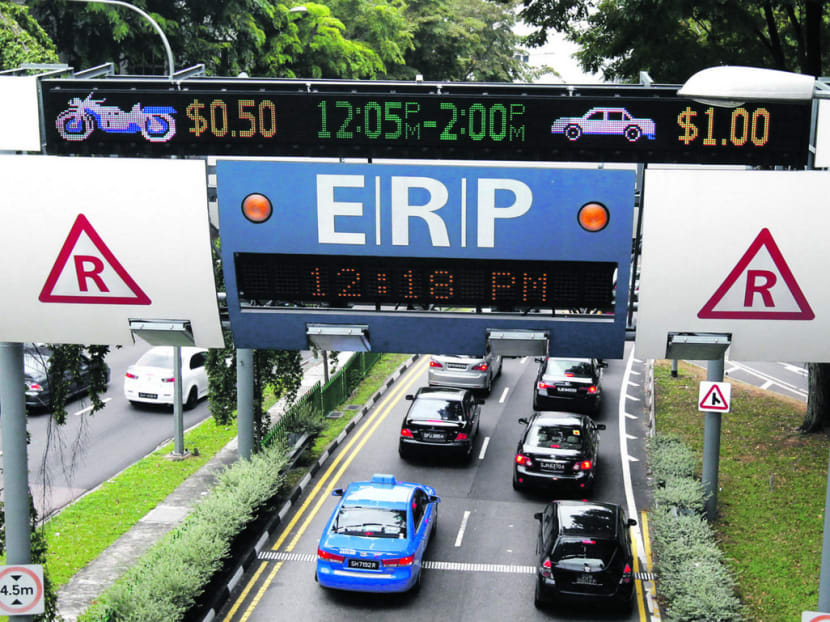Improve public transport by making car use prohibitive
I refer to the letters “Premature to cut back on parking lots to discourage car ownership” (June 20) and “More efficient public buses, MRT can curb need for cars” (June 19).
I refer to the letters “Premature to cut back on parking lots to discourage car ownership” (June 20) and “More efficient public buses, MRT can curb need for cars” (June 19).
Most research on transport suggests that more efficient public transport would not curb car use, as a car is more than only transport. A car offers independence in terms of time, routes and stops. It obviates the need for changes.
It expands one’s lunchtime options. It carries one’s shopping. One gets a guaranteed seat, plus additional seats to offer to others. The air-conditioning is not too hot or too cold. One gets personalised music and a personalised interior.
One can choose to fly with the wind or drive leisurely. To suggest that a car owner would give up all that because the bus comes regularly is naive. Giving up a car always involves some pain.
The problem is that cars take up so much road space. Our buses often run irregularly because of heavy peak-hour traffic. Irregular public transport services further increase the demand for cars.
Already, the current bus operators are losing money on their bus services.
The Land Transport Authority’s efforts with the new bus contracting model to de-link operator revenues from passenger numbers and link them instead to reliability measures are an attempt to break one part of this vicious cycle.
While this is effectively a subsidy for the public, there is only so much that can be done about peak-hour traffic. Bus lanes are helpful only until the bus must change lanes or hits a junction, where bus lanes do not apply.
And long dwell times due to high passenger numbers at peak hours reduce the benefits of bus lanes.
These problems have little to do with car quotas, but more to do with usage costs, since a car that is driven only during off-peak hours will not affect public transport significantly.
However, Electronic Road Pricing costs are now only a fraction of Certificate of Entitlement costs.
If we reduce peak-hour car usage, we can convert more road space for public transport — providing more bus bays, allowing buses to change lanes easily — while carrying the same number of people on the roads.
By preventing more car owners from driving to work, we will improve public transport, making it more attractive.
This can be done by reducing the available parking at workplaces, as I suggested in “To wean people off cars, cut back on parking spots” (June 18), or by increasing usage costs, which I have always supported.







